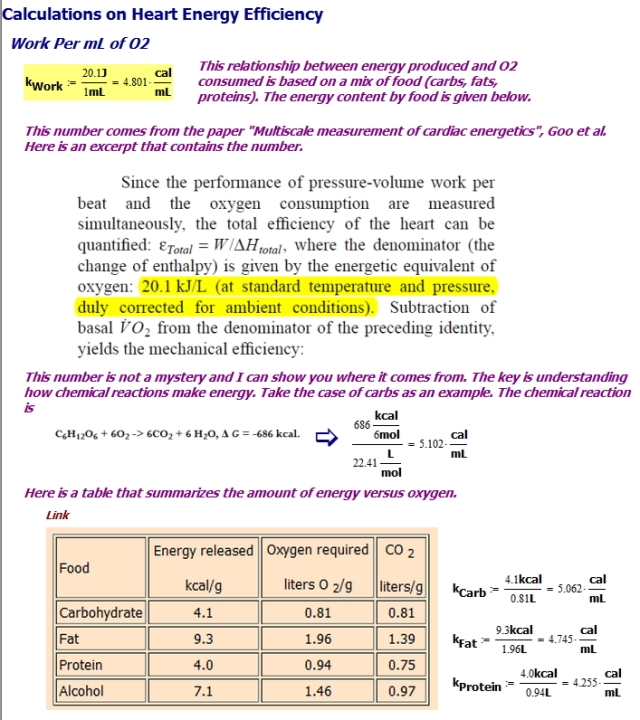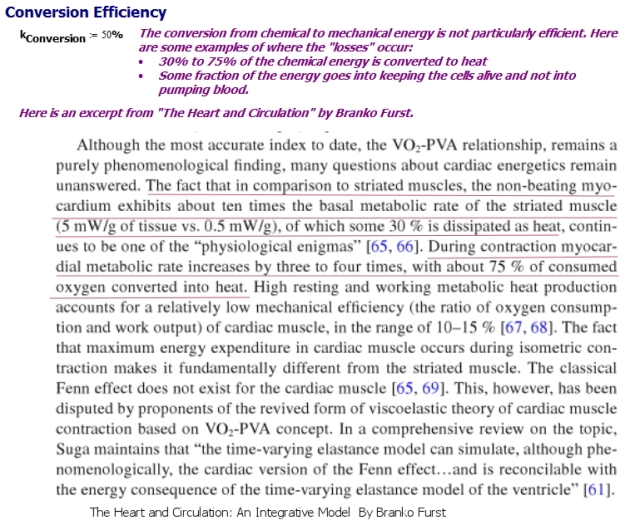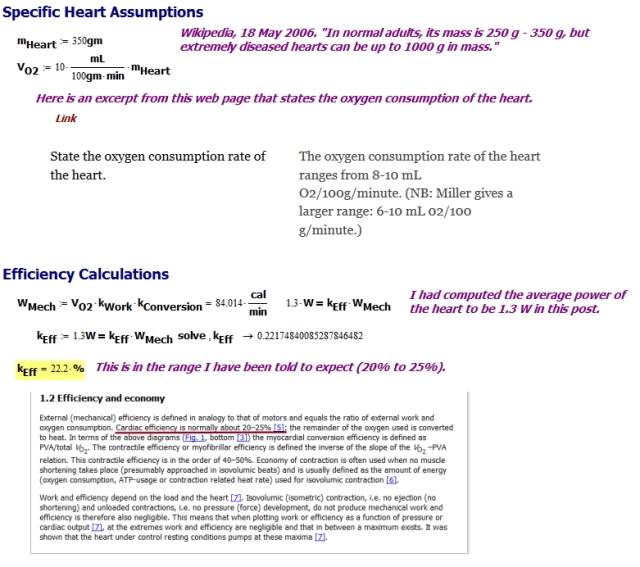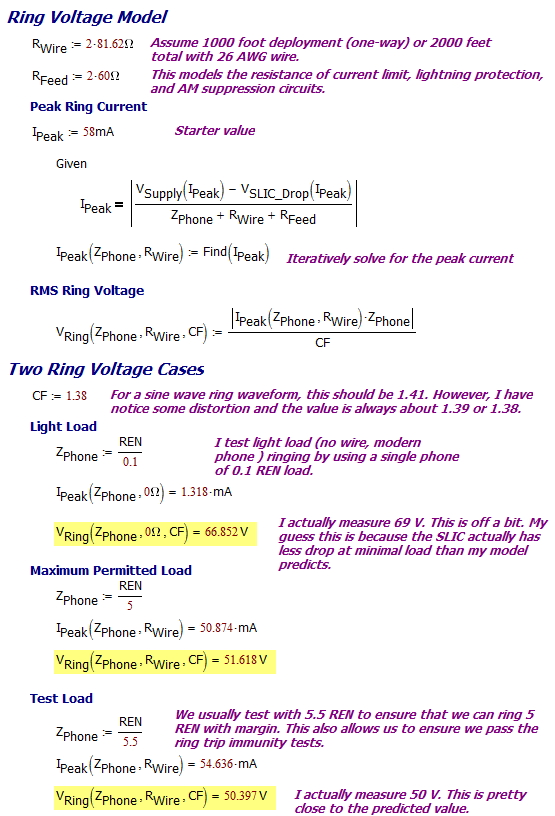Quote of the Day
I will do nothing, but I will do it very well.
- Campaign slogan of an Italian politician
Introduction

Figure 1: Gossamer Condor Crossing the English Channel.
My wife and I attend a card club of former neighbors once a month and last night we had our monthly event. During last night's activities, the topic of human power generation came up. It was cold last night (-20 °C) and we started talking about staying warm. As our discussions often do, the topic morphed into a discussion on how much useful power a human being can generate for an extended period of time, say a few minutes. There are many more forms of generator out there, such as solar generators (perhaps a Bluetti generator), that can create more power than a human. Of course, it is good to experiment, but in terms of reliability, there are many more trustworthy sources. I recalled watching the Gossamer Condor, a human-powered aircraft that crossed the English Channel back in 1977 on television (Figure 1), and hearing that the pilot was generating some fraction of a horsepower (hp).

Figure 2: Human-Powered GN-58 Generator from WW2 and Korea.
I have thought about human power generation before, but it always in the context of generating electrical power. For example, I recall my father talking about powering a radio using a hand-crank when he was in the US Army (Figure 2). These generators produced ~50 W of power (425V · 0.115 A = 49 W). Men would have to crank these generators for long periods of time in order to support the communications needs of their units.
So exactly how much power can a human being generate for an extended period of time?
Background
Power Units
Our discussion last night compared human work using the units of horsepower. The Wikipedia describes the creation of the horsepower unit as follows:
Watt determined that a horse could turn a mill wheel 144 times in an hour (or 2.4 times a minute). The wheel was 12 feet in radius; therefore, the horse traveled 2.4 × 2? × 12 feet in one minute. Watt judged that the horse could pull with a force of 180 pounds.
This level of power generation is often converted to 33,000 ft·lbf/min as shown in Figure 1.
| Eq. 1 |
 |
|
 |
where
- D is the distance that the force F is applied.
- F is the force applied over the distance D.
- T is the time over which the force F is applied and the distance D is traversed.
As with many customary units, there are alternative definitions.
- Mechanical Horsepower
- The mechanical horsepower is defined as 745.7 W, which can be obtain using a simple conversion from lbf·ft/sec to Watts (N·m).
- Electrical Horsepower
- An electrical horsepower is defined as 746 W
- Metric Horsepower
- This is defined as 75 kgf·m/s = 735.5 Watts.
My discussion going forward will all be in terms of electrical horsepower.
Resting Heat Generation
During our discussion, we also talked about how much power (i.e. heat) a human body generates while resting, which is often called the Basal Metabolic Rate (BMR) or Resting Metabolic Rate (RMR). It turns out a resting human generates about 100 W, but I won't discuss this self-heating further because I covered it in a previous post.
Analysis
Assumptions
My analysis is rough and it requires that I make a few assumptions.
- I am going to assume my example human will generating power using a bicycle-like contraption.
Most of the human-power generation material I can find is associated with bicycling.
- An elite cyclist can produce about 5 Watts of power for every kilogram of body weight for a 1-hour event (source).
One hour is reasonable length of time for getting some serious work done.
- The average mass of an elite bicyclist is 71 kg.
The Tour de France competitors average 71 kg and most people would consider them elite bicyclists.
Calculations
Figure 3 summarizes my calculations.

Figure 3: Cyclist Power Calculations.
So I am getting about 355 W for the sustained power output from an elite cyclist. This web page states that the cyclist who flew and powered the Gossamer Condor generated " nearly one-half horsepower, four times that of a weekend cyclist". One-half horsepower would be 373 W, which shows that my calculation is the correct range. This statement also says that a weekend cyclist would only be generating a sustained 1/16th horsepower. That doesn't sound like much, at least when compared to a simple lawn mower engine.
Conclusion
This site states that "very powerful cyclist might be able to produce 1200W or more for a few seconds ". The peak output is much different than the sustained output, which is more like 350 W. It is interesting to think about just how much more powerful simple engines are than a human.
Save
































